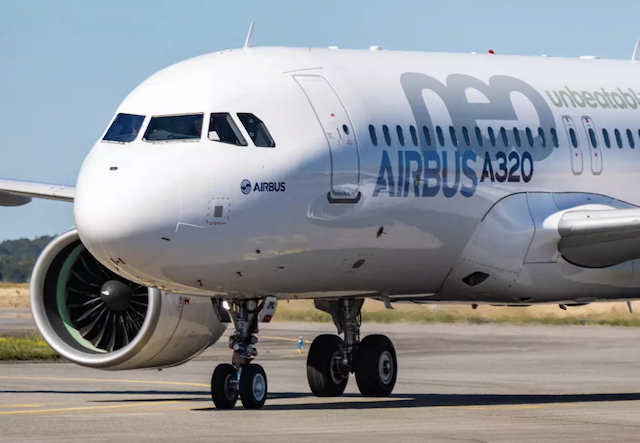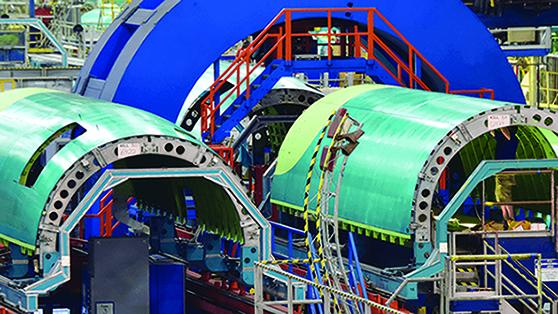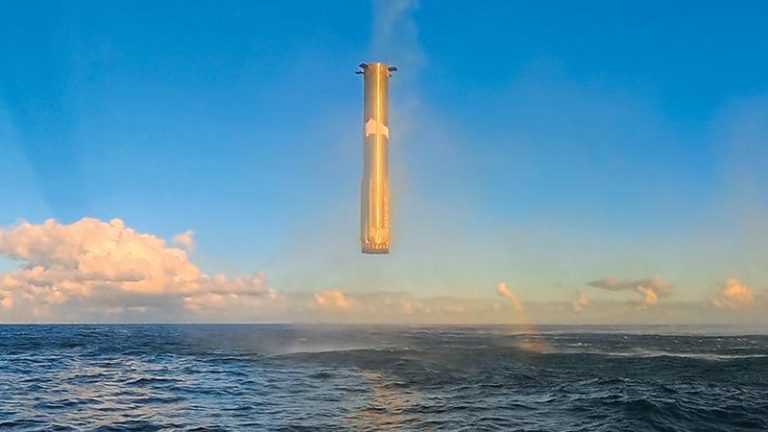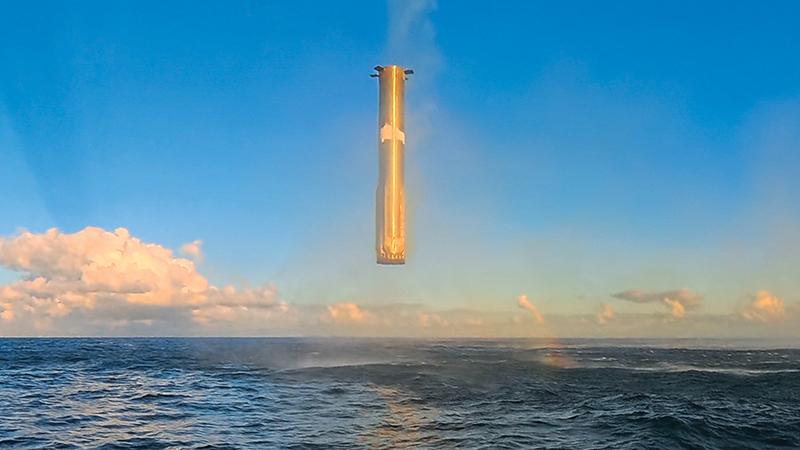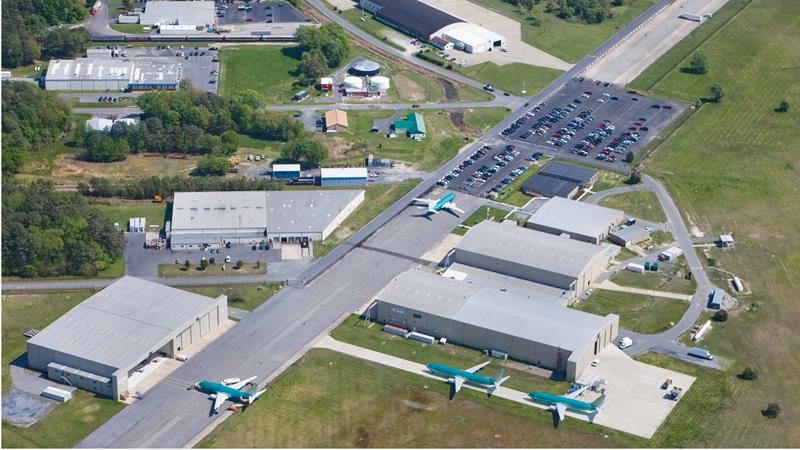Ukraine’s ability to take down Russian drones is largely limited by the availability of systems to engage them, rather than the technology to do so, a senior U.S. Army air defense official says.
“I think where Ukraine is struggling is from a capacity perspective. They just don’t have enough of it throughout the country to be prepared to defend against whatever Russia might throw at them,” Maj. Gen. Frank Lozano, the service’s Program Executive Officer for Missiles and Space, said at the Association of the United States Army’s annual symposium in Washington.
The U.S. has been closely monitoring what Ukraine is doing to counter air defense threats, with Lozano noting he is in regular contact with companies that are supplying equipment to the embattled country. “I think technology is where we need it to be to be able to shoot down or affect a swarm of 50 Shaheed-136s,” he told the gathering.
The Army is also trying to draw any other lessons it can from the conflict, with Lozano noting he has reviewed every Patriot engagement and details around many other systems being used in the country.
The Pentagon has been trying to move with urgency to boost its air and missile defense capabilities given what it is witnessing in Ukraine, Lozano says.
“We are doing a full-court press from what I call all-things Shorad,” Lozano said in reference to the service’s short-range air-defense activities. The mindset, he said, is “if it flies, it dies.”
The service’s top requirements oversight group has just signed off on the Army’s M-Shorad Increment 4, he said.
The Army has been looking for Maneuver-Short Range Air Defense Increment 4 capabilities to be available as early as next fiscal year that can evolve. The systems are supposed to be air transportable on a Lockheed Martin C-130 and use crewed ground vehicles such as the Oshkosh Joint Light Tactical Vehicle or uncrewed ground systems, employing kinetic or non-kinetic ways to take down a threat.




